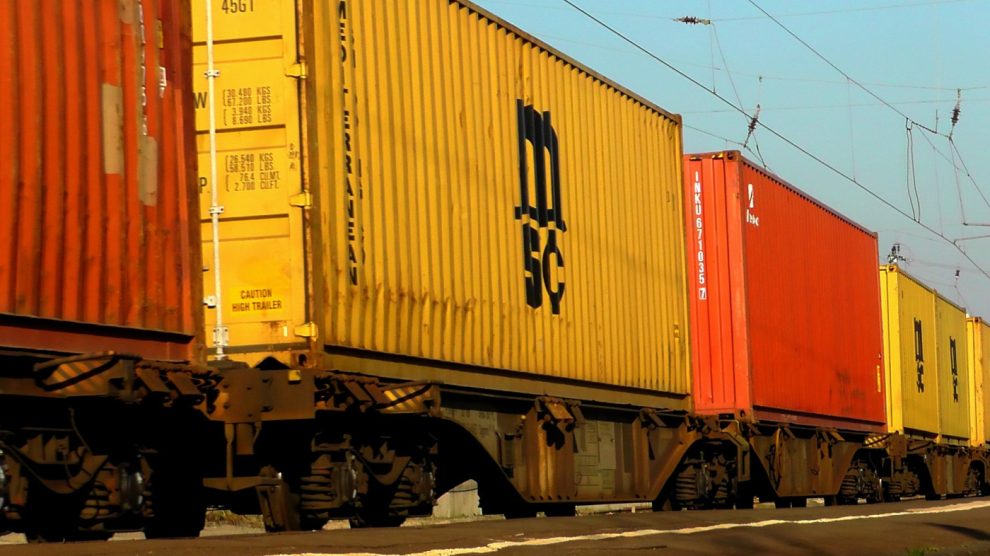Silence on the Beijing-Rome railroad. In 2022, freight rail traffic between China and Europe dropped sharply. Italy-bound goods suffered the sharpest drop, roughly 91.6% less than the previous year, for a grand total of around 100 TEU containers.
- RailFreight, which reported on this, examined data from UTCL ERA, a joint venture between Russian, Belarusian and Kazakh railways overseeing 90% of the volumes moving by rail along the Eurasian route.
- The drop happened chiefly due to the war in Ukraine, although the progressive decline in sea shipping costs also factored in – as sailing a container from Shanghai to Genoa now costs 80% less than a year ago.
Zooming out. Shipments from China to the Czech Republic, the Netherlands, France and Sweden also dropped by over 60%, while traffic towards Hungary increased dramatically by 1,266%, reaching 7,160 TEUs. Denmark, too, recorded an uptick (+100%, 200 TEUs) in Chinese rail imports.
- In absolute terms, Poland handles the largest rail freight traffic with China (195,736 TEUs) despite a 21% year-on-year drop. Germany follows with 171,868 TEU (down 38.81%). From the third place (Belgium, 15,505 TEUs, down 49.1%) down, the numbers are far smaller.
That’s not great news for Beijing, as it’s pushing to decouple politics from commerce to boost the latter in Europe – and Italy especially, as it became the only G7 country to join the Belt and Road Initiative in 2019.
- Then-PM Giuseppe Conte framed the deal as a way to increase Italian exports, while Chinese President Xi Jinping spoke in grandiose terms of friendship and strengthened ties. Over the past years and government, however, Rome’s sentiment has substantially cooled off.
In 2021, the Chinese government cheerfully announced the opening of a railway link between Wuhan and Milan, touting its value in “boost[ing] bilateral trade.” But as RailFreight data indicated, that didn’t exactly happen.





